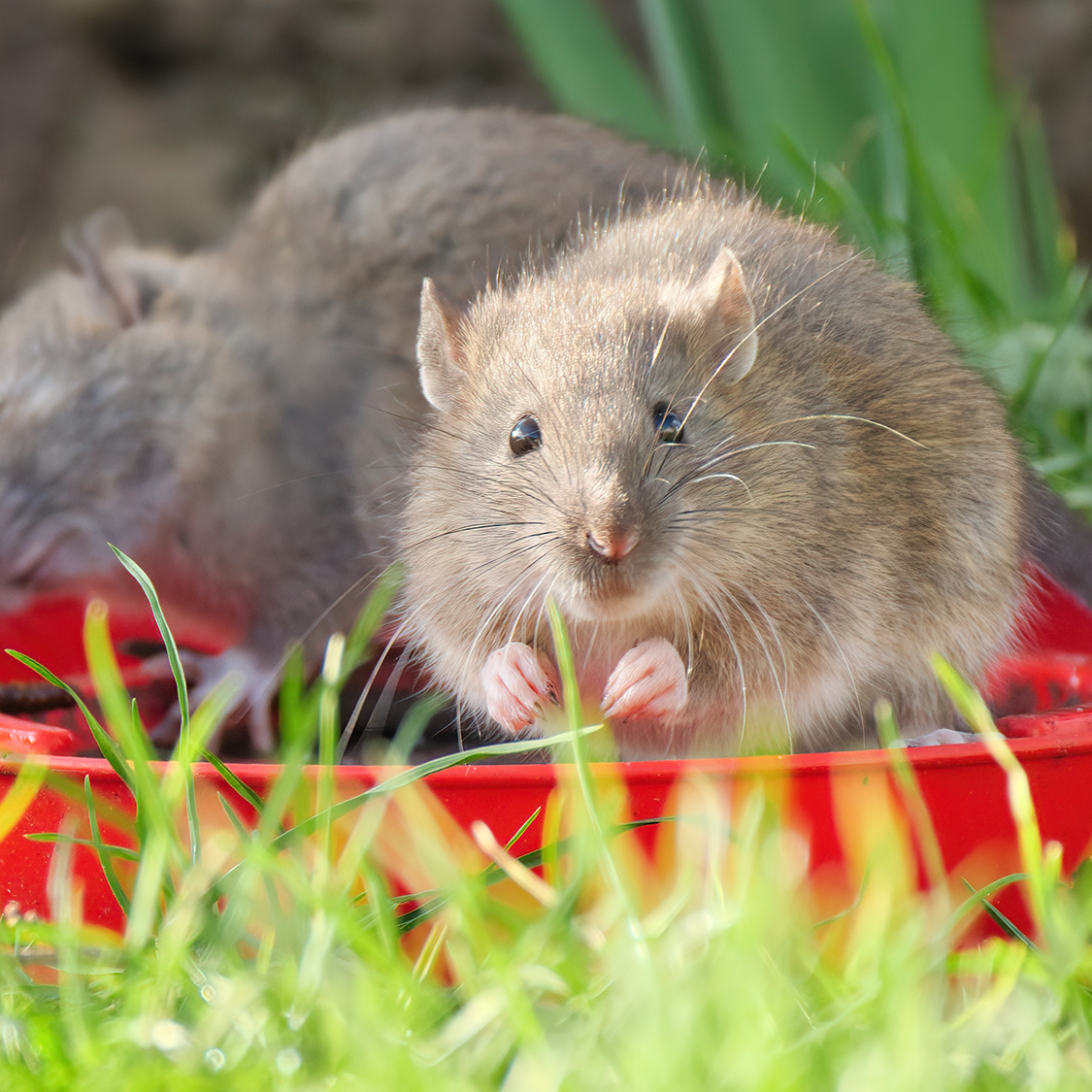Introduction
Rats invading your garden can cause significant damage, from nibbling on plants to contaminating soil. Getting rats out of your garden is essential not only to protect your plants but also to maintain a healthy outdoor environment. This article explores effective, research-backed strategies to deter and remove rats from your garden safely and sustainably. Whether you’re dealing with a mild infestation or a persistent rodent problem, these expert tips will help you reclaim your garden.
Understanding Why Rats Invade Gardens
What Attracts Rats to Gardens?
Rats are opportunistic feeders and seek out environments that provide easy access to food, water, and shelter. Common attractants include:
- Unsecured compost piles rich in vegetable scraps
- Overripe fruits and vegetables left on the ground
- Cluttered garden sheds or debris piles offering hiding spots
- Standing water sources like birdbaths or leaky hoses
Recognizing these attractants is the first step in effectively managing rat problems.
How to Identify a Rat Infestation in Your Garden
Signs to Look For
- Droppings: Small, dark pellets typically found near burrows or food sources
- Gnaw marks: Damage on wooden structures, plant stems, or garden tools
- Burrows: Holes around garden beds or under compost heaps
- Tracks: Muddy footprints or tail marks in soft soil
Early detection can help you address the problem before it escalates.
Proven Methods to Get Rats Out of Your Garden
1. Remove Food and Shelter Sources
- Secure compost bins with tight-fitting lids and avoid adding meat or dairy scraps
- Harvest fruits and vegetables promptly to prevent attracting rodents
- Clear debris, tall grass, and clutter to eliminate hiding spots
- Fix leaks and remove standing water to reduce water availability
2. Use Physical Barriers and Traps
- Install wire mesh fences around garden beds with mesh size no larger than ¼ inch
- Use metal or plastic guards around tree trunks to prevent climbing
- Set snap traps or live traps strategically along runways—place bait such as peanut butter or dried fruit
Experts recommend placing traps perpendicular to walls or fences where rats commonly travel.
3. Employ Natural Deterrents
- Plant rat-repelling herbs like peppermint, garlic, or eucalyptus around garden edges
- Use ultrasonic repellents designed to emit sounds unpleasant to rodents
- Introduce natural predators such as barn owls or encourage cats to roam the area
While natural methods help reduce rat presence, they work best combined with other control measures.
Safety and Ethical Considerations
When dealing with rats, it’s crucial to prioritize safety and humane treatment:
- Wear gloves when handling traps or cleaning up droppings to prevent disease transmission
- Avoid using poisons that can harm pets, wildlife, and beneficial insects
- Regularly check live traps and release animals far from residential areas
Consult local wildlife authorities for guidance on ethical pest management.
Maintaining a Rat-Free Garden Long-Term
Regular Garden Maintenance Tips
- Conduct weekly inspections for signs of rats
- Keep compost bins sealed and well-managed
- Maintain clean garden paths and remove food waste immediately
- Repair any holes or gaps in fences and garden structures
Consistency in these practices ensures your garden remains unattractive to rats.
Conclusion
Getting rats out of your garden requires a multi-faceted approach involving sanitation, physical barriers, and smart deterrents. By understanding what attracts rats and recognizing early infestation signs, you can act swiftly and effectively. Combine food source management, trapping, and natural repellents while prioritizing safety and ethics. With ongoing maintenance and vigilance, you can protect your garden from rats and enjoy a thriving, pest-free outdoor space. Take action today to safeguard your garden’s health and beauty!
